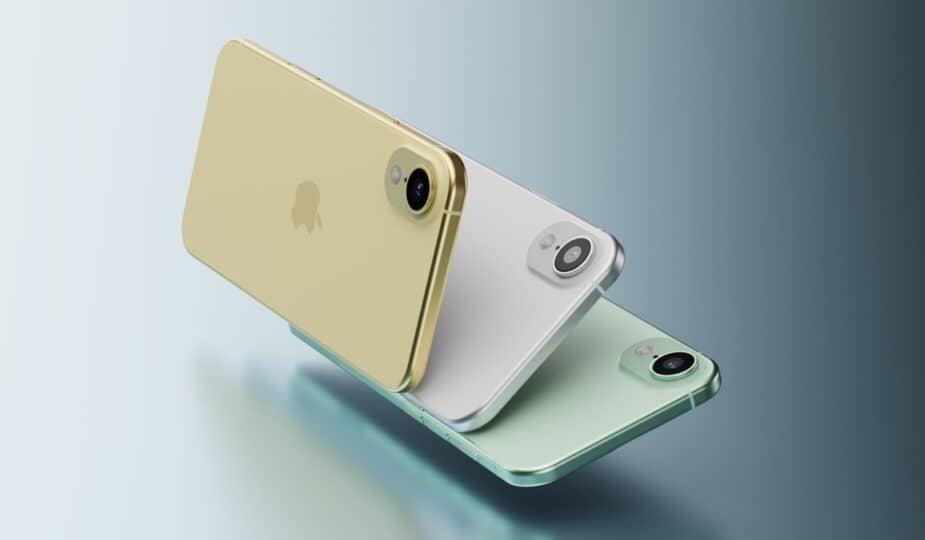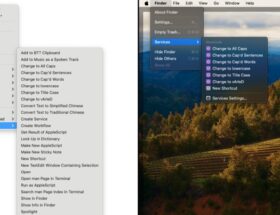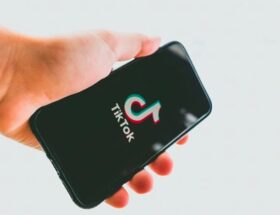A rendering of what the iPhone 17 Slim could look like
 0 Facebook x.com Reddit
0 Facebook x.com Reddit
The iPhone 17 Slim won't have a SIM tray because it's too thin for it, and it probably won't have mmWave either.
The iPhone 17 Slim, also known as the iPhone 17 Air, is expected to be a very thin smartphone model. Previous rumors suggested that it would be 6mm thick, making it an extremely narrow device.
Because of its size, some compromises will have to be made on certain components, such as the camera bump. However, it now appears that physical SIM cards may be completely ruled out for this model.
According to The Information’s sources, Apple will not include a physical SIM tray in the model. It was missing from the prototypes because engineers simply couldn’t fit it into the body.
This means that the iPhone 17 Slim will be sold as an eSIM-only device.
The lack of a SIM tray won’t be an issue for Apple users in the United States. Since the iPhone 14, Apple hasn’t sold iPhones in the United States with a physical SIM tray, instead pushing users and carriers to switch to eSIM.
In other countries, however, Apple still sells iPhones with SIM trays, as well as eSIM capabilities.
Regulatory Issues in China
The main reason Apple is pushing eSIM in the United States and not other regions is identity.
For starters, carriers need to invest in new systems to use eSIM in the first place. This gives carriers the ability to remotely verify users’ identities and activate SIM cards without having to visit a store first.
Carriers in the US have embraced it, but other countries have been slower to join in. China is one of them.
China uses a real-name registration system that is mandatory for all mobile phone users. Current eSIM systems do not allow for the same level of verification as China’s system, and so carriers generally do not support eSIMs, with the exception of the Apple Watch and iPad.
This was evident in 2017, when cellular service was cut off for the first cellular Apple Watch using eSIM in China. Regulators later decided to relax eSIM controls for the Apple Watch.
Regulators are studying the technology and its impact on smartphones. However, it is unclear whether such a relaxation of rules will occur before the release of the iPhone 17 Slim.
If regulators do not agree to make smartphone eSIMs acceptable for use by carriers, it is unlikely that the iPhone 17 Slim will be available in China. That is, unless Apple engineers can somehow squeeze a SIM tray in there.
Modem and mmWave
Another change that will likely impact the iPhone 17 Slim will be the modem, with a report claiming that it will be one of the first iPhones to use Apple’s own 5G modem instead of Qualcomm’s.
The modem, codenamed Sinope, is reportedly smaller than Qualcomm’s version and may use less power. This could benefit the Slim, as it will be able to use a slightly smaller battery, saving space.
At the same time, this could be another trade-off for consumers. Apple’s modem is said to have peak speeds that aren’t as fast as Qualcomm’s, and it’s a little less reliable at maintaining a cellular connection overall.
For users with higher bandwidth needs, there’s another concern. The source says mmWave support is not included in the modem, meaning it won't work using high-speed 5G connection bands.
It will still connect using sub-6GHz 5G bands, so its speeds will be comparable to other devices that don't support mmWave.
Follow AppleInsider on Google News










